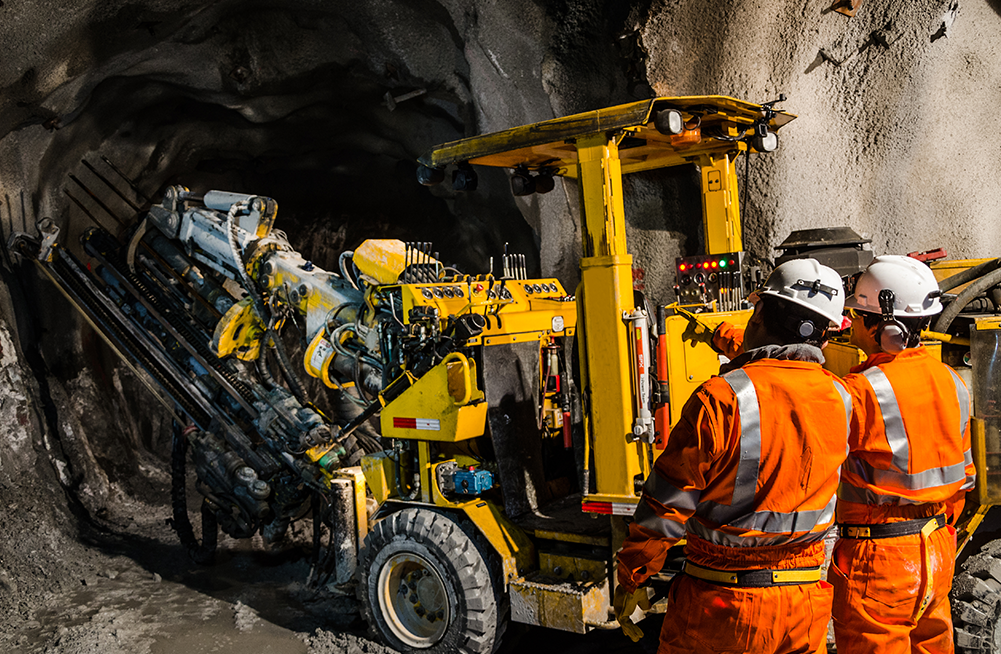Tunnels serve as crucial infrastructure for transportation, utilities, and various industrial applications. Ensuring the safety, structural integrity, and operational efficiency of tunnels is paramount. Traditionally, inspecting and measuring tunnels’ condition and performance have been challenging tasks. However, with the advent of advanced technologies like HELI antennas, tunnel inspection and measurement have been revolutionized. In this article, we will explore the transformative capabilities of HELI antennas in this context.
The Challenges of Tunnel Inspection and Measurement
Tunnel inspection and measurement involve assessing the structural integrity, monitoring environmental conditions, and examining various aspects like water leakage, air quality, and electrical systems. These tasks are complicated by the often confined and inaccessible nature of tunnels. Traditional inspection methods, such as visual surveys or physical measurements, are time-consuming, costly, and can pose safety risks for inspection personnel.
HELI Antennas: A Technological Breakthrough
HELI antennas, developed by Poynting, are a revolutionary technology that employs state-of-the-art MIMO (Multiple-Input, Multiple-Output) and diversity techniques to maximize signal performance. These antennas are compact, versatile, and adept at penetrating challenging environments, making them an ideal choice for tunnel inspection and measurement applications.
The Benefits of HELI Antennas in Tunnel Inspection and Measurement
- Improved Wireless Connectivity: HELI antennas significantly enhance wireless connectivity within tunnels. They can receive and transmit data more effectively, providing real-time access to information and data from various sensors and inspection equipment.
- Penetrating Obstacles: HELI antennas are designed to penetrate through concrete, rock, and other tunnel materials, ensuring that inspection and measurement data can be transmitted without disruptions. This capability is crucial for assessing structural integrity and detecting anomalies in tunnels.
- Compact and Unobtrusive Design: The low-profile and unobtrusive design of HELI antennas is ideal for tunnel environments. They can be easily mounted without obstructing the passage of vehicles or inspection equipment.
- Easy Installation: HELI antennas come with user-friendly installation guides and mounting options, simplifying the setup process. This ease of installation reduces downtime during tunnel inspection and maintenance.
- Versatility: HELI antennas are versatile and can be used to support various communication systems, including cellular, Wi-Fi, and GPS. This versatility allows for a unified approach to tunnel inspection, incorporating multiple data streams to provide a comprehensive view of tunnel conditions.
- Enhanced Safety: HELI antennas enhance safety during tunnel inspection and measurement activities. By providing real-time access to data and communication, they enable prompt response to emergencies and facilitate better coordination among inspection teams.
Applications of HELI Antennas in Tunnel Inspection
- Structural Health Monitoring: HELI antennas are instrumental in transmitting data from sensors that monitor structural health. This includes measurements of vibrations, temperature, humidity, and stress on tunnel structures.
- Environmental Monitoring: They aid in tracking environmental conditions such as air quality, temperature, and humidity. HELI antennas enable the real-time transmission of data from environmental sensors installed within tunnels.
- Remote Inspection: HELI antennas allow for remote inspection of tunnels, reducing the need for physical presence and improving worker safety. Remote-controlled inspection robots can transmit high-quality video and sensor data using HELI antennas.
Conclusion
HELI antennas are redefining the way we approach tunnel inspection and measurement. Their ability to enhance wireless connectivity, penetrate obstacles, and provide a versatile and compact solution is invaluable in the context of tunnels. As the demand for safer and more efficient tunnel inspection and maintenance grows, HELI antennas will continue to play a pivotal role in ensuring the structural integrity and operational efficiency of these critical underground infrastructures. With HELI antennas, we have unlocked a new era of technological advancements in tunnel inspection and measurement, fostering safer and more reliable tunnel networks around the world.
